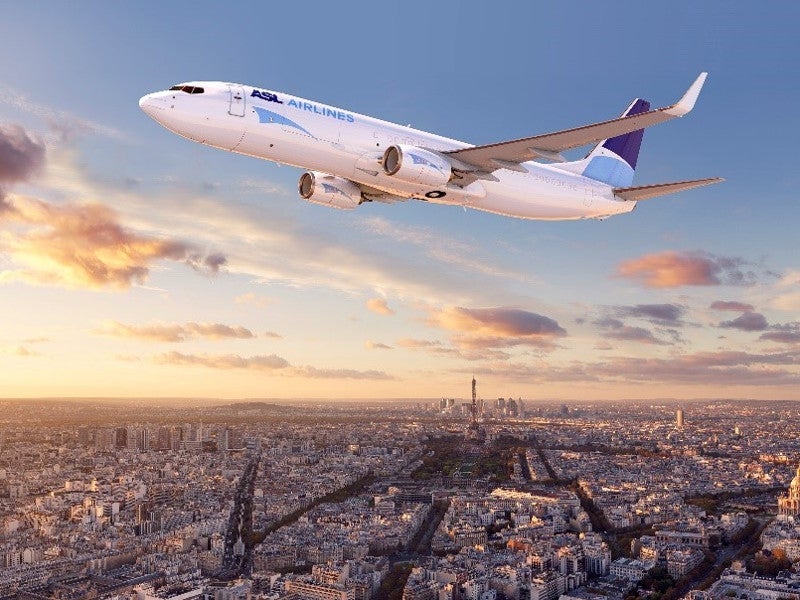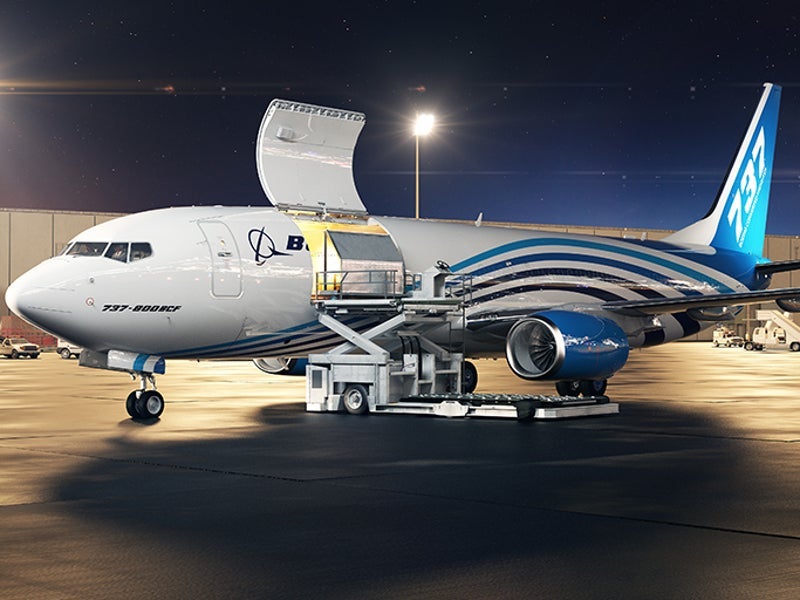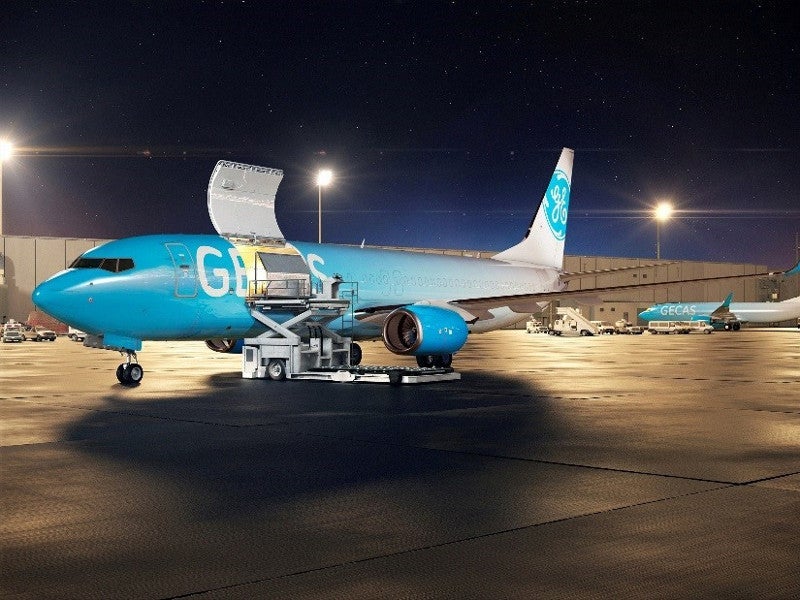The 737-800 Boeing Converted Freighter (BCF) is being offered by Boeing to meet the demand for transporting express cargo in domestic routes. It is the first Next-Generation 737 aircraft converted by Boeing.
Boeing launched the 737-800BCF programme in early 2016. GE Capital Aviation Services (GECAS) received the first aircraft from Boeing as the launch customer of the 737-800BCF in April 2018.
The converted freighter obtained certifications from the US Federal Aviation Administration (FAA), the European Union Aviation Safety Agency (EASA), the Civil Aviation Administration of China and the Federal Air Transport Agency of Russia.
As of September 2019, Boeing received 120 orders for the 737-800BCF aircraft.
737-800BCF orders and deliveries
Boeing received a contract from GECAS for the delivery of 15 737-800BCF aircraft in 2016. GECAS signed an agreement for 35 additional Boeing 737-800BCFs during the Farnborough International Airshow in July 2018.
ASL Aviation Holdings DAC (ASL) entered into an agreement with Boeing for 20 737-800 BCF aircraft in June 2019. The agreement includes ten firm orders and ten options. Deliveries are scheduled for 2020.
GECAS converted ten options to firm orders and added 15 more options for the 737-800BCF in June 2019.
SpiceJet cargo division SpiceXpress received its first 737-800BCF in September 2019.
Design and features of 737-800 Boeing Converted Freighter
The 737-800BCF is based on the Next-Generation 737 passenger aircraft. It is equipped with blended winglets to enhance fuel efficiency and flight performance. The aircraft ensures lower operating costs for each payload ton compared to the standard-body freighters in 737 series.
The aircraft has a length of 39.5m, a wingspan of 35.8m and height of 12.6m. Its maximum take-off weight (MTOW) is 79,000kg, while the maximum landing weight is 66,350kg.
The freighter reduces logistics and maintenance costs as it shares many components and systems with the Next-Generation 737 passenger aircraft. The high level of commonality with the other Boeing passenger fleet further ensures easy pilot transition without delays.
The aircraft features hydraulically controlled tricycle-type retractable landing gear equipped with oleo-pneumatic shock absorbers. The main wheel units retract rearward, while the twin-nose wheel retracts forward.
Flight deck
The flight deck contains a seating area for a pilot and a co-pilot. The glass cockpit is installed with a Honeywell common display system (CDS), integrating six liquid crystal displays (LCDs). The display units show the flight instruments, navigation data, engine parameters and other flight characteristics.
The 737-800BCF can be equipped with a head-up display (HUD), vertical situation display, global navigation satellite system (GNSS) landing system and a dual flight management system.
737-800BCF cargo capacities
The 737-800BCF is capable of transporting up to 23.9t of cargo. The volume limit payload capacity of the aircraft is 20.76t. The main deck offers 141.5m³ of cargo space, while the lower deck provides 43.7m³ of space for bulk cargo.
The aircraft features a large cargo door, a cargo handling system and seating for up to four non-flying staff or passengers.
The freighter has the capacity for 12 pallet positions that can accommodate 11 standard 88in x 125in pallets and one 88in x 62in contoured pallet.
Engines and performance
The aircraft is powered by two CFM56-7BE turbofan engines that can develop a maximum thrust of 32,900lb each. The engine incorporates multiple propulsion system improvements such as new optimised blades, vanes and rotors. It minimises fuel consumption and carbon dioxide (CO₂), as well as nitrous oxide (N₂O) emissions.
The power-plant ensures a maximum cruise speed of Mach 0.82. The freighter can achieve a range of 3,700km when fully loaded. It can carry a fuel load of up to 26,025l.






